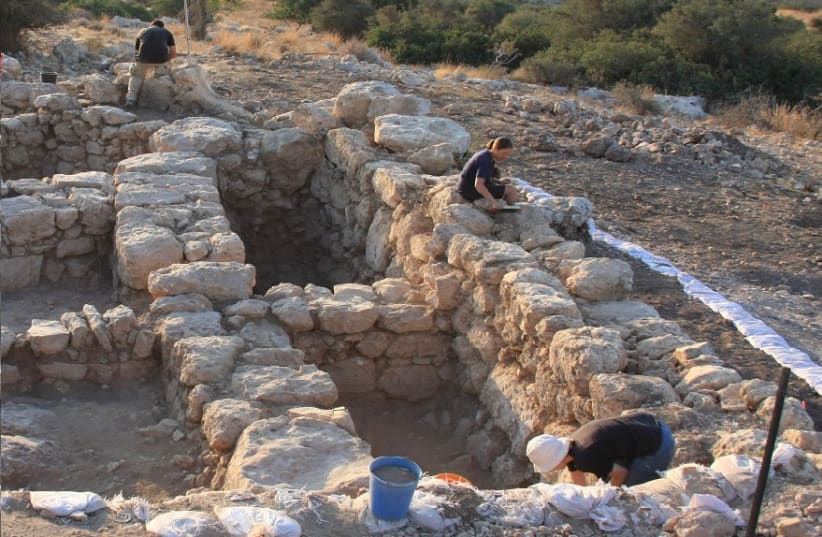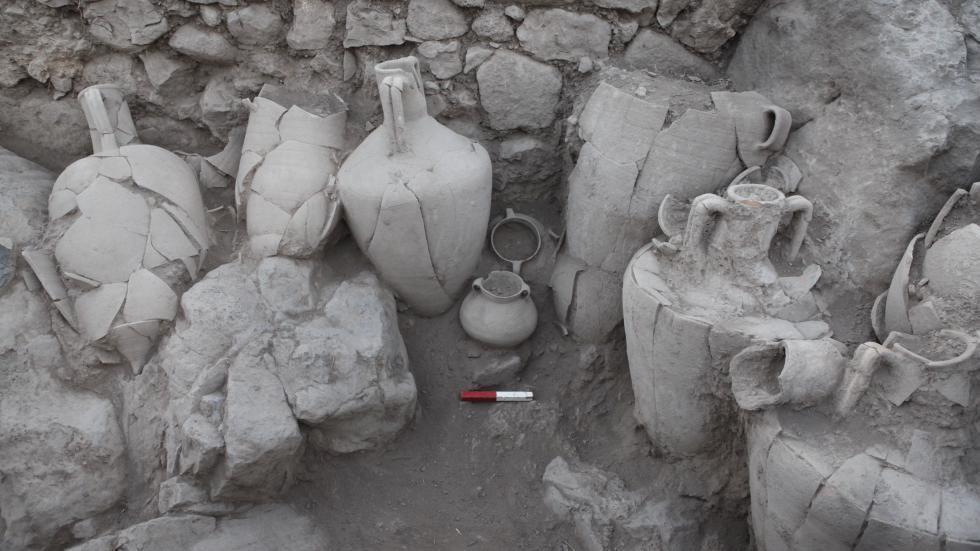Israel is a land rich in history, which is why the Institute of Archaeology plays a unique role in the research conducted at the Hebrew University of Jerusalem. No other discipline offers such tangible connections to the history of Jerusalem; no other discipline can continue to offer fresh data on Jewish history and the connection of Jews and Judaism to the ancient land of Israel; and no other discipline can provide exciting new insights into the formative centuries of Judaism, the development of Christianity, and the history of early Islam.
The Hebrew University Institute of Archaeology was founded in 1934 as the Department of Archaeology, becoming the Institute of Archaeology in 1967. Jerusalem’s reunification not only allowed the Institute to return to its original Mt. Scopus home but also enabled large-scale excavations at sites that provide physical links to the rich history of the Temple Mount, Jewish Quarter, and City of David. The Institute is an independent research and teaching unit within the Hebrew University’s Faculty of Humanities, with a staff that provides scientific assistance, technical facilities, and administrative support to researchers from Israel and around the world.
Over the years, artifacts uncovered at sites connected to Jerusalem and Judah have enriched biblical scholarship and deepened our knowledge of ancient Jewish history. The Institute of Archaeology continues to catalogue and analyze its trove of artifacts, reinterpret our view of ancient Jerusalem and Judah, publish those findings in academic publications and popular journals, and revise the resources needed to train the next generation of scholars.
Excavations performed 14 years ago at Khirbet Qeiyafa have proven to be a point of contact between archaeology, biblical studies, and ancient history. The discovery of the remains of a fortified city was shown to be the first archaeological site in the region verified to be from the era of King David. Excavations at Khirbet el-Eika dating from the mid-second century BCE have yielded fascinating insights into a prosperous Jewish community in Hellenistic Galilee. Today, fieldwork continues at Ophel, adjacent to the Temple Mount, where several outstanding finds have been uncovered from both the First Temple and Second Temple periods, including a seal impression of King Hezekiah, and a collection of gold objects that includes 50 coins and a medallion with the menorah.
This research, so important to establishing the relationship between modern Jews and their ancient forebears, is a focus of interest and support for the worldwide Jewish community and their friends. American Friends of the Hebrew University has always been an enthusiastic sponsor of the university’s archaeological research, and that core support is best exemplified by the Hertog family’s generosity in funding The Roger and Susan Hertog Center for the Archaeological Study of Jerusalem and Judah at the Institute of Archaeology. The Center leads the archaeological study of the region through new field projects, scholarships for outstanding M.A., Ph.D., and Post-Doctoral students, and sponsorship of international conferences concerning Jerusalem and Judah.
We cannot navigate our path to the future without knowing our past. The Hebrew University of Jerusalem Institute of Archaeology is documenting the historic ties between the Jewish people and the land of Israel while offering the world significant insights into our shared heritage.
To learn more, please visit: www.afhu.org
This article was written in cooperation with American Friends of the Hebrew University

